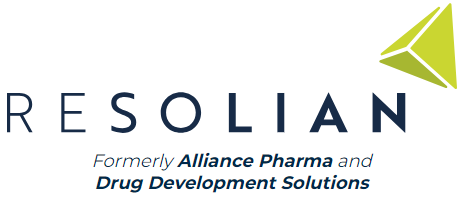Dr. Feng Li
Feng (Frank) Li, Ph.D., is President of Alliance Pharma; he obtained his Ph.D. degree in Bioanalytical Chemistry jointly from Concordia University and the National Institute of Scientific Research (Canadian Doping Control Center) in Montreal, Canada. Subsequently, Dr. Li did his post-doctoral fellowship at the Biomedical Mass Spectrometry Facility at the Mayo Clinic in Rochester, Minnesota. Furthermore, Dr. Li has an M.Sc. degree in Natural Product Chemistry and a B.S. in Pharmacy. He has held leadership roles in the Department of Drug Discovery Metabolism at Phoenix International Life Sciences, Inc., a major CRO at the time in Montreal, Canada, which was later acquired by MDS Pharma Services; in the Drug Analysis group in the Department of Drug Metabolism and Pharmacokinetics (DMPK) at GlaxoSmithKline; and in the Drug Metabolism group in the Department of Drug Safety and Disposition at Cephalon, Inc. Dr. Li has extensive DMPK experience in discovery and developmental phases of drug development. With more than 20 years in the pharmaceutical biotechnology, and CRO industry, he is well versed in bioanalytical techniques for both qualitative (drug metabolite identification) and quantitative (PK/TK) drug analysis and has published numerous articles in the area of drug metabolite identification and quantitation.






